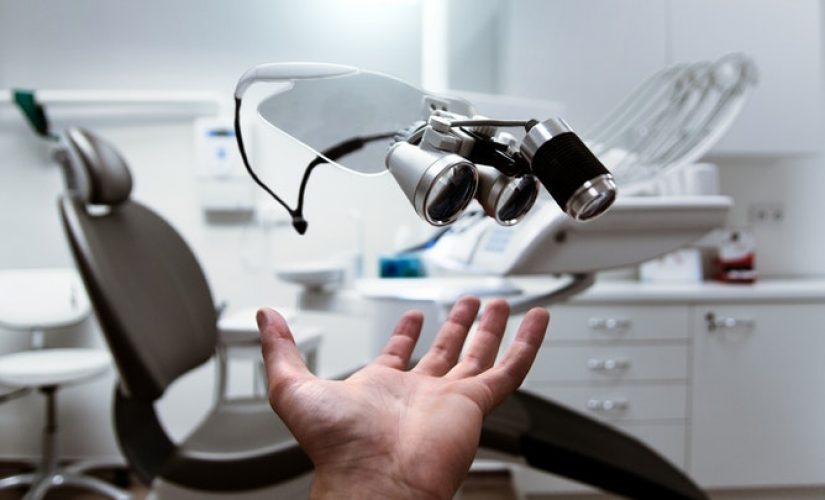Technology has changed communication and consumerism so fast that we barely notice it anymore. Less than a decade ago, most people couldn’t imagine things like smart homes and augmented reality. Now, they’re regular consumer products.
In healthcare, though, technology’s impact hasn’t been so subtle. As costs rise at nearly unbearable rates and patients become more involved in their care, new technologies play an increasingly vital role in helping healthcare organizations improve the quality of care they provide.
Patients, or the consumers in the healthcare industry, have benefited most from the industry’s technology race. From preventive treatments to virtual care and more effective disease management, these are just a few ways healthcare leaders can leverage tech to transform the industry:
2. Make essential care more accessible with telemedicine, while decreasing data security risks.
For patients who experience mobility issues or who live in rural areas, telemedicine has provided a way to seek medical care more conveniently and given patients more choice in healthcare providers. They can schedule their appointments online with a laptop or mobile device, videoconference with providers to avoid unnecessary trips to the doctor’s office and even rely on internet-connected devices for remote health-related monitoring.
On the other hand, telemedicine may expose a healthcare organization and its patients to security risks involving HIPAA-protected information. Hackers and ransomware are rampant, so organizations must ensure their communications are protected. Fortunately, tech has stepped up to help with that as well, as evidenced by companies like Paubox, which specializes in a HIPAA-compliant email encryption service to protect against data breaches.
3. Provide more accurate, cost-effective treatment through electronic record keeping.
Since electronic medical records began to become standard in 2014, accuracy in medications and treatments throughout a patient’s care cycle has improved significantly. When patients move or must visit a specialist provider, EMRs are even more important in reducing errors. Computerized physician’s orders are easier to understand, patients’ compliance with those orders is easier to track and health conditions are being treated without wasting money on needless procedures.
According to an Institute of Medicine report, $210 billion is spent annually on unnecessary medical care each year. Fortunately, electronic patient records can play a role in reducing this waste. The positive effects of EMRs can be seen at Virginia Mason Medical Center, where an analysis of medical claims data found that high-cost treatments for conditions like back pain, headaches and sinus problems were being driven by expensive MRIs and CT scans, many of which were unneeded. Harvard Business Review reports that when the center embedded an evidence-based checklist for ordering advanced imaging into its EMRs, the use of these costly tests fell 25 percent.
4. Use video games and virtual reality to help with rehabilitation.
When video games become physically interactive with the Nintendo Wii, consumers realized that video games could actually help improve their physical health. Because the Wii’s controllers are operated with motion, games that involve movement — such as running, jumping, swinging a racket or rolling or throwing a ball — force players to get up and move to play. It didn’t take long for healthcare organizations to see the potential benefits of the Wii for everything from poststroke rehabilitation to promoting physical fitness in long-term care facilities.
Meanwhile, some in the medical field have envisioned benefits beyond getting exercise. A study published in the Journal of Geriatric Physical Therapy showed that bowling on the Wii helped elderly patients reduce their risks of falling and suffering an injury. Now, rehabilitation experts routinely use video games and virtual reality to help patients recover from serious injuries, cardiovascular disease, trauma and much more. The Creative Media and Behavioral Health Center at the University of Southern California, for instance, has found virtual reality and video games can help motivate patients who do at-home physical therapy.
Among industries increasing their tech use, healthcare has seen some of the most significant transformations from widely implementing advanced technology. The exciting thing is that technology continues to evolve, and with a firm grip on today’s leading advancements, the medical field is poised to transform even further.





